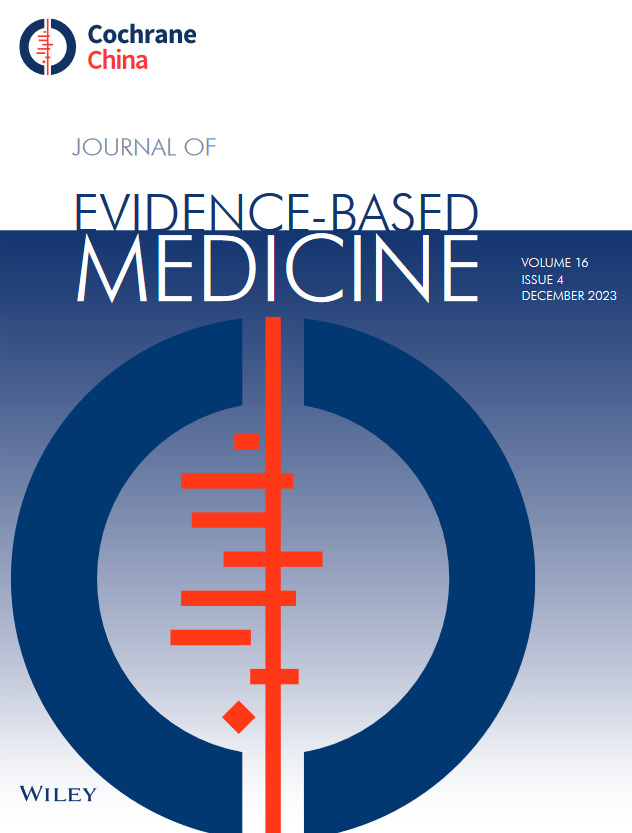Bayesian Proactive Dynamic Borrowing Utilizing Propensity Score Overlap for a Hybrid Control Arm and the Impacts of Various Biases: A Simulation Study
Abstract
Objective
The use of external controls in clinical trials can reduce sample size and increase efficiency. Propensity score (PS)-integrated Bayesian borrowing methods discount external controls based solely on prior-data conflict or covariate similarity. We aim to propose a PS-integrated Bayesian proactive dynamic borrowing method that simultaneously considers the similarity of covariates and outcomes and to evaluate its performance under various biases through simulations.
Methods
Using a two-stage strategy, covariates were balanced via the PS during the design phase, independent of outcomes. In the analysis phase, Power Prior, Elastic Prior, and Mixture Prior with the random discounting parameter were adopted. We proposed a weakly informative initial prior, using the PS overlap between concurrent and external controls as its mean. It was compared to competitors under selection bias, unmeasured confounders, measurement errors (in covariates and outcomes), and effect drift.
Results
Under selection bias, our approach outperformed using Bayesian dynamic borrowing alone. Compared with the discounting parameter fixed at the PS overlap, it exhibited better control of bias and the Type I error rate. Compared with the noninformative uniform prior, it yielded higher power and a narrower 95% credible interval. However, under other biases, it and other PS-integrated Bayesian borrowing methods exhibited undesirable control of bias and the Type I error rate.
Conclusions
Our approach has an advantage in borrowing external controls with selection bias. However, biases that severely affect PS estimation and outcomes can undermine the performance of PS-integrated Bayesian borrowing methods, particularly those that rely solely on covariate similarity for discounting.

 求助内容:
求助内容: 应助结果提醒方式:
应助结果提醒方式:


